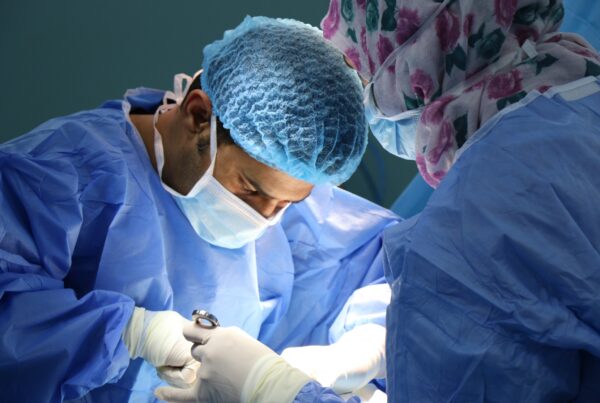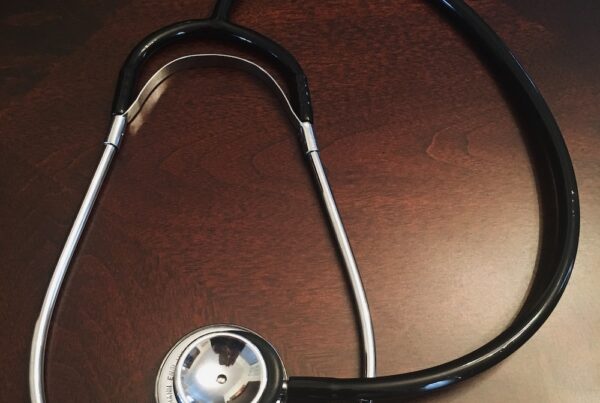
Surprising New Connections Found Between Food Insecurity And Liver Disease
Liver disease is routinely associated with alcoholism and excessive alcohol consumption. However, non-alcoholic fatty liver…






Recent Comments